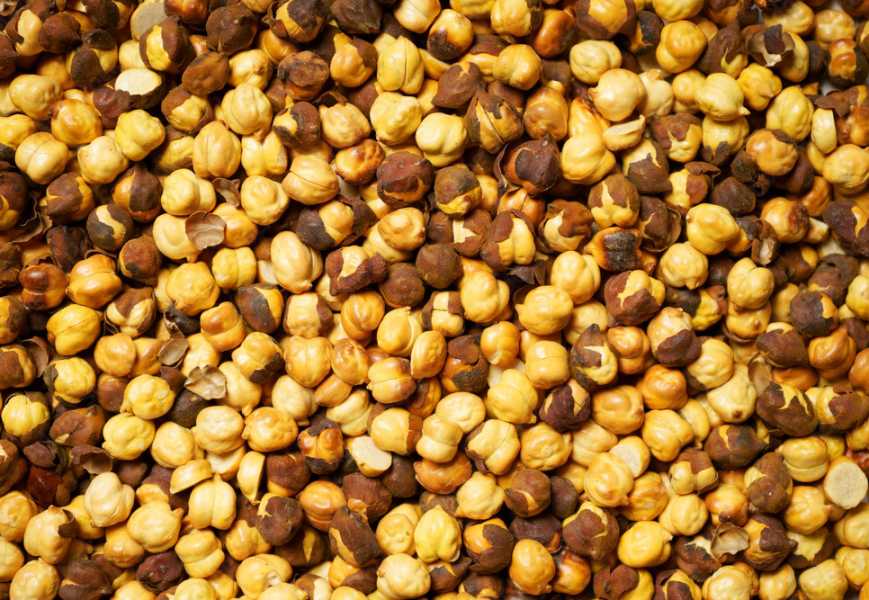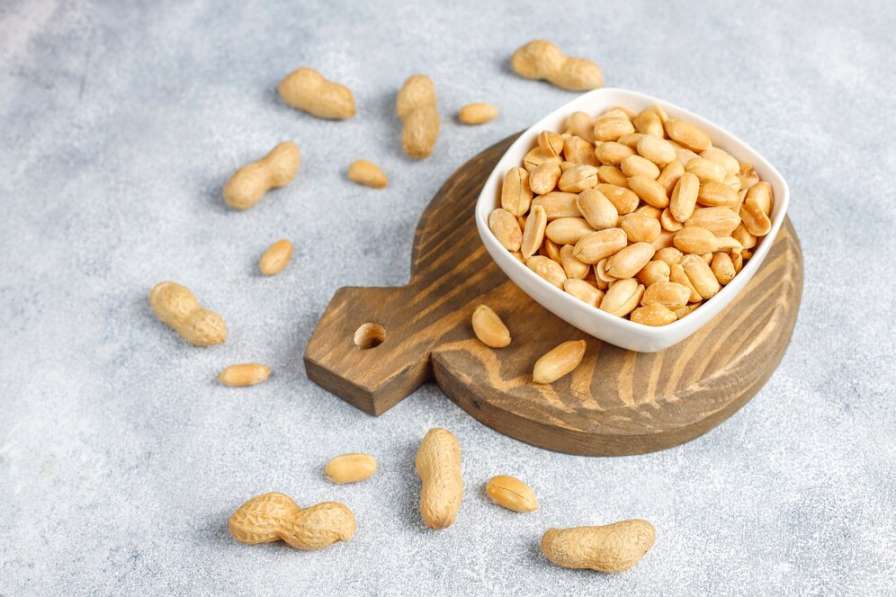Puffed millet benefits
Puffed millet benefits: Puffed millet is a traditional grain that has been consumed for thousands of years. Millet is also used as a feed for livestock and birds. Millet grains differ in size and colour, but they all belong to the grass family, which also includes wheat, rice, and barley. Millet is also divided into two categories: large and small. It is becoming more popular due to its fast growth and low input requirements.
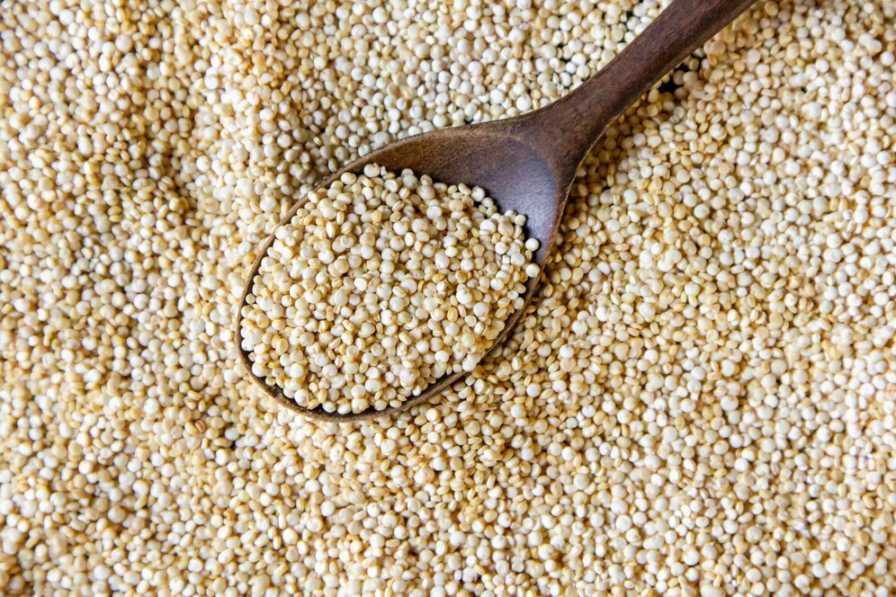
- Puffed millet has a lot of vitamins, minerals, fibre, and protein. In addition to helping people maintain a healthy weight, millet may also help reduce gut inflammation, protect cardiovascular health, and delay the onset of diabetes.
- Millet is a versatile grain. There are numerous simple preparation methods, making it simple for people with celiac disease to incorporate this gluten-free grain into their diets.
- Millet grows quickly and matures in nearly half the time that rice and wheat do. This makes it an ideal crop, accelerating its spread across Asia and into Europe.
- Millet has been growing for thousands of years in Africa and Southeast Asia. It is one of the oldest-cultivated grains in the world. It is now one of the most important cereals and a crop for both humans and animals.
What exactly are millets?
Millets are cereal crops and small-seed grasses that are widely grown in Africa and Asia. These small crops are used for human consumption as well as for feeding animals. Ragi (finger millet), Jowar (sorghum), Sama (little millet), and Bajra (pearl millet) are some of the most common millets available in India. Millets are beneficial to your health because they are high in vitamins and minerals.
Puffed millet benefits include:
Millet contains niacin, which is necessary for healthy skin and organ function. It also contains beta-carotene, which converts to vitamin A and helps your body fight free radicals while also supporting your immune system.
1. Enhances digestive health

- Millets contain both soluble and insoluble fibre. The insoluble fibre is a prebiotic, which means it promotes the growth of beneficial bacteria in your digestive tract. Fibre lowers your risk of colon cancer.
- Millet contains fibre, which promotes digestive health and helps in the regulation of bowel movements. Millet also contains prebiotics, which promote the growth of probiotic bacteria in the microbiome.
- This is critical for gut health and the immune system as a whole. Millet is extremely beneficial. Because it is gluten-free, it is a reliable source for people with celiac disease or gluten intolerance. People with celiac disease can safely consume this nutrient-dense grain, which is high in protein and fibre.
People also read: Foods that boost the immune system
2. It protects your heart.

- Millets contain a lot of soluble fibre, which traps fat in the gut and can help lower blood cholesterol levels. This can help reduce your chances of developing atherosclerosis or heart disease.
- Millets are also high in magnesium, which may help in the prevention of heart disease.
- Millet contains magnesium, which helps in the regulation of heart rhythm. Consuming millet may also increase levels of the protein adiponectin, which has been shown to protect cardiovascular tissues.
- Additionally, millet contains niacin, or vitamin B3. This vitamin helps to reduce certain risk factors for heart disease, such as high cholesterol and triglyceride levels, and it is effective in reducing oxidative stress.
3. Controls blood sugar levels

- Millets have a low-glycemic index that can help prevent blood sugar spikes after meals. Millets are a good whole grain because they contain non-digestible carbs that help control blood sugar, as well as fibre and non-starchy polysaccharides.
- Diabetes patients may benefit from including millets in their diet. Millets, like other grains, are high in fibre and nutrients and may help prevent blood glucose spikes.
- Diabetics can eat millets as part of a balanced, healthy diet. A qualified dietitian might help a person create a nutritious meal plan that includes millet.
4. Reduce oxidative stress
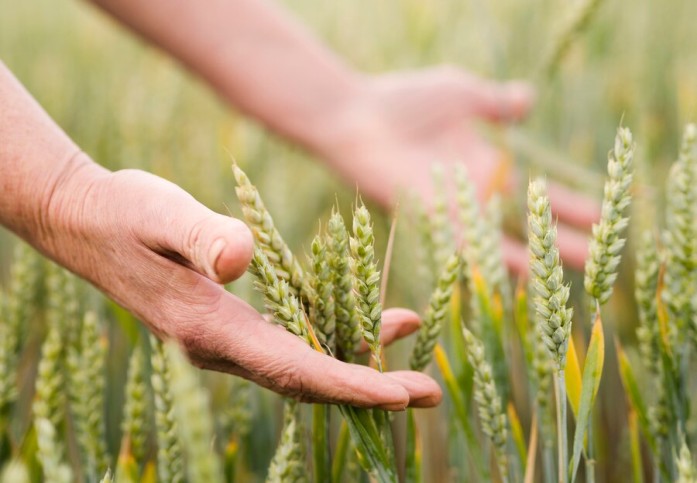
- Diabetes, rheumatoid arthritis, and neurodegenerative diseases are examples of chronic illnesses triggered by oxidative stress. Because a high-fat diet increases oxidative stress in the brain.
- Doctors say antioxidants play a big role in lowering oxidative damage. Diets high in antioxidants may guard against oxidative damage.
- Millet contains antioxidants, which can help the body fight off oxidative stress, which is a factor in the development of diseases and the ageing process.
- Antioxidants can reduce the risk of chronic disease growth. Eating millet lowers the expression of Alzheimer’s disease and lessens oxidative stress in the hippocampal tissues.
5. Supports anti-aging

- The way your body metabolises sugar has a significant impact on how you age.
- Millets contain tannins, phytates, and phenols, which help protect your cells from damage and diseases such as high blood pressure, diabetes, and high cholesterol.
6. Creates healthy cells
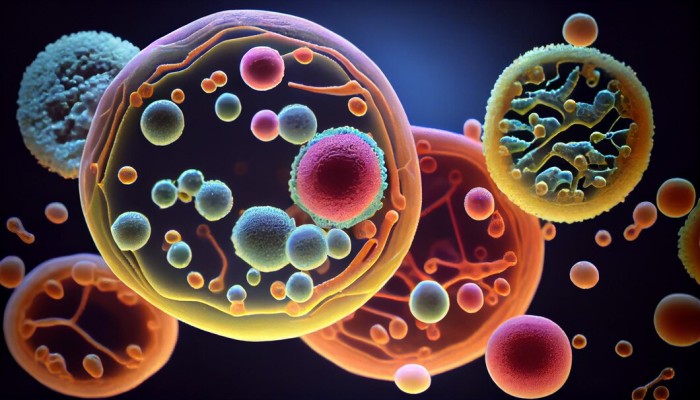
- Finger millet is high in B vitamins, which help with everything from brain function to healthy cell division.
- Vitamin B9, also known as folate, is required for the production of healthy red blood cells.
7. Boosting mood

- Millet, due to its high concentration of the amino acid tryptophan, can improve a person’s mood. Millets, due to their nutrient-rich composition, may help in stress reduction and mental well-being.
- Millets, which are high in magnesium, B vitamins, and antioxidants, help to promote relaxation, support the nervous system, and combat oxidative stress, which is linked to mental health.
- Their low glycemic index and complex carbohydrates help to maintain stable blood sugar levels, which promotes mood stability and may reduce stress.
People also read: Best foods for stress relief
8. Combats Cancer Cells

- Millets like foxtail and proso have been shown in studies to be effective in inhibiting the growth of cancerous cells in various tissues.
- Millets’ phytochemicals have antiproliferative effects and reduce the formation of cancer cells in the colon, breast, and liver without harming normal cells.
9. Aid in Weight Loss
- Millets are helping all dieters looking to lose a few kilogrammes. Including millets in the regular diet, such as millet flour, or eating millets for breakfast can significantly help obese people lower their BMI.
- By replacing rice with millets on a daily basis, you can reduce fat, improve gut health, and achieve long-term weight loss.
People also read: Benefits of Including Puffed Rice Murmura in Your Diet
Nutritional Value in puffed Millets
Millets are highly nutritious grains that provide a variety of essential nutrients. The exact nutritional content of millet varies depending on the variety and quantity, but here is a general overview of millets’ nutritional value (per 100 grammes cooked):
Calories 100-150
Protein: 3-8 grams
Fibre: 1-3 grams
Carbohydrates: 20-40 grams
Magnesium: 44 milligrams (mg) of
Copper 0.161 mg
Phosphorus 100 mg
Manganese 0.272 mg of
Types of Millets
1. Foxtail Millet
Foxtail millet, which is high in protein and complex carbohydrates, helps to regulate blood sugar spikes, lower bad (LDL) cholesterol levels, and increase good cholesterol (HDL) levels in the body. Its iron and calcium content keep blood sugar levels stable and keep bones strong.
2. Finger Millet
Ragi, or finger millets, is a healthier cereal alternative to rice and wheat. It is a gluten-free grain high in protein and amino acids that promote child growth and brain health.
3. Pearl Millet
Pearl millet, or bajra, contains minerals such as calcium, magnesium, and iron, which are beneficial to overall health. A high protein and dietary fibre intake aids in diabetes management and weight loss.
4. Little Millet
Little millet is rich in fibre and minerals such as potassium, zinc, iron, and calcium, as well as vitamin B3, which support fat metabolism, tissue repair, cholesterol reduction, and energy production.
How do you eat millet?
It’s simple to incorporate millet into your diet, and it’s a nutritious alternative to traditional grains like rice and wheat. Here are some ways to incorporate millet into your diet:
- Rice or wheat substitute: Cook millets such as foxtail millet, pearl millet, and finger millet (ragi) in the same way you would rice or wheat. They go well with curries, stews, and stir-fried vegetables.
- Millet Porridge: Cook millets in water or milk to make a creamy millet dish. For a delicious breakfast, add sweeteners like honey, maple syrup, or fruits.
- Millets in Soups: Millets can be a delicious and nutritious addition to soups and broths.
- Millet roti: Millet flour can be used to make gluten-free rotis, pancakes, or chapatis.
- Baking with Millet Flour: Use millet flour in muffin, bread, and cookie recipes.
- Millet Upma: This flavorful dish is made with cooked millets, vegetables, and spices.
- Millet Pongal: Make a millet version of the South Indian dish “Pongal,” substituting millets for rice.
- Millets in Salads: For added texture and nutrition, add cooked and cooled millets to your favourite salads.
- Smoothie Bowls: To make a creamy base for smoothie bowls, combine millets with yoghurt or milk and top with fruits, nuts, and seeds.
- Millets in Snacks: As a healthy snack, use puffed millet or millet flakes. Millet-based snacks such as cutlets, dosa, and savoury pancakes can be made.
- Desserts with Millets: Combine millet with jaggery, coconut, and nuts to make millet-based desserts like millet kheer or millet-based sweets.
Conclusion
Millet is a traditional grain that has been consumed for thousands of years. Millet is also used as a feed for livestock and birds. It is becoming more popular due to its fast growth and low input requirements. Protein, fibre, vitamins, and minerals are all rich in millet. In addition to helping people reach and maintain a healthy weight, millet may also help reduce gut inflammation, protect cardiovascular health, and delay the development of diabetes. Millet is a versatile grain. There are numerous simple preparation methods, making it simple for people with celiac disease to incorporate this gluten-free grain into their diets.

